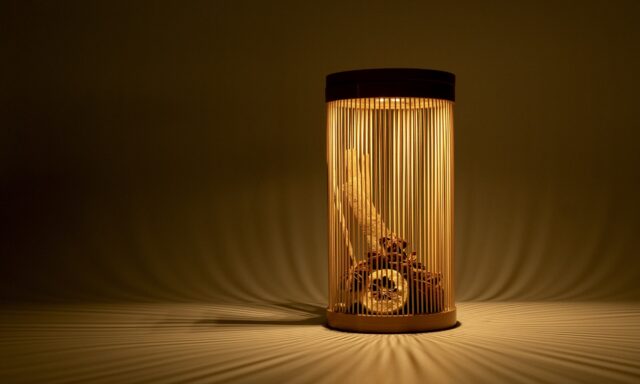Newly Launched “Yakiiro” Chopstick Rest by MIYAMA
New Products VOL.19
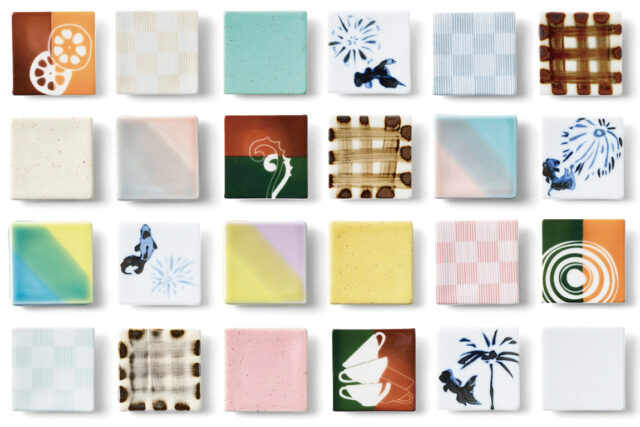

VOL.1-19
Update

VOL.1-27
Update
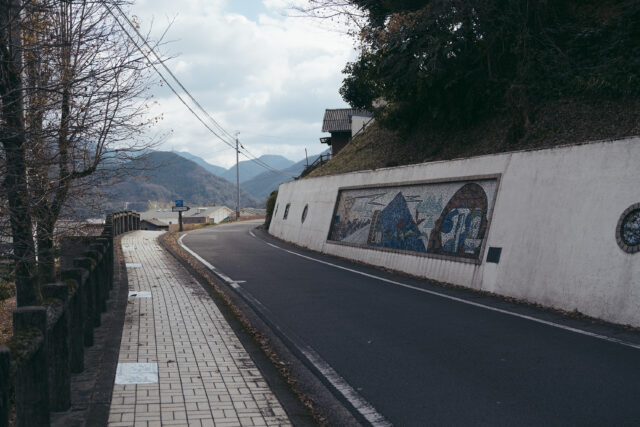
VOL.1-4
Update
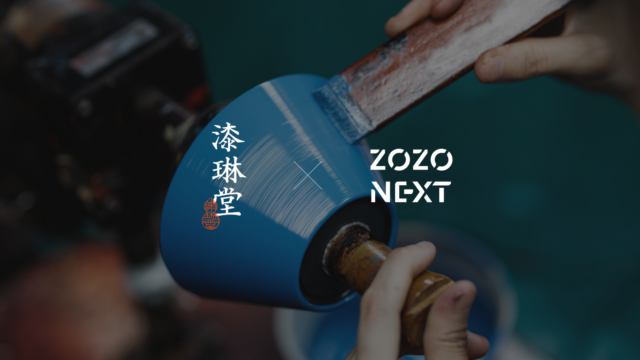
VOL.1-19
Update
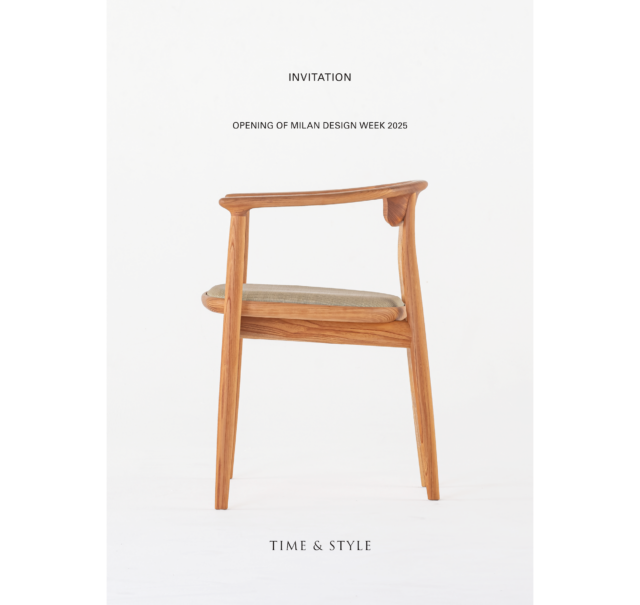
VOL.1-43
Update
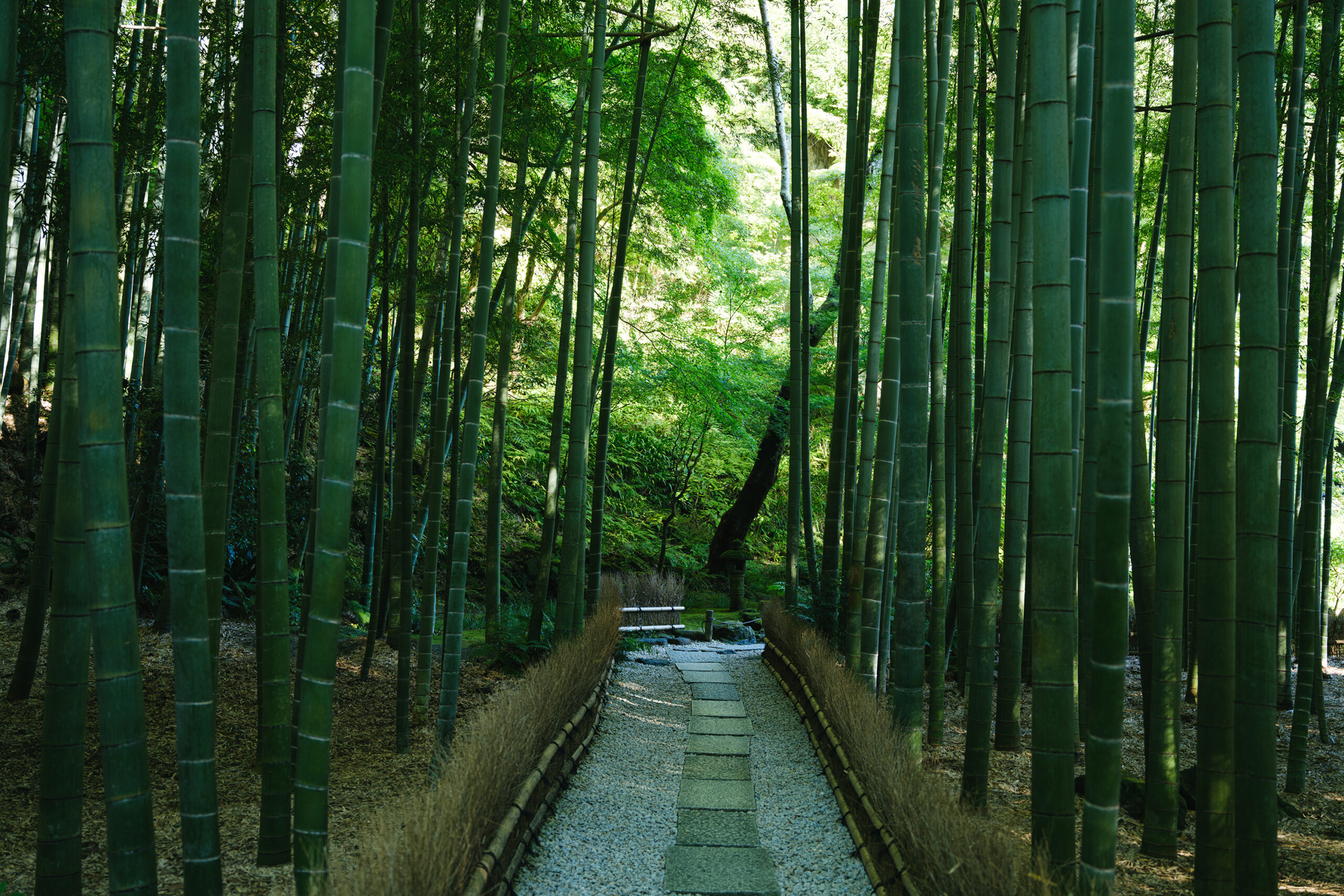
VOL.1-2
Update
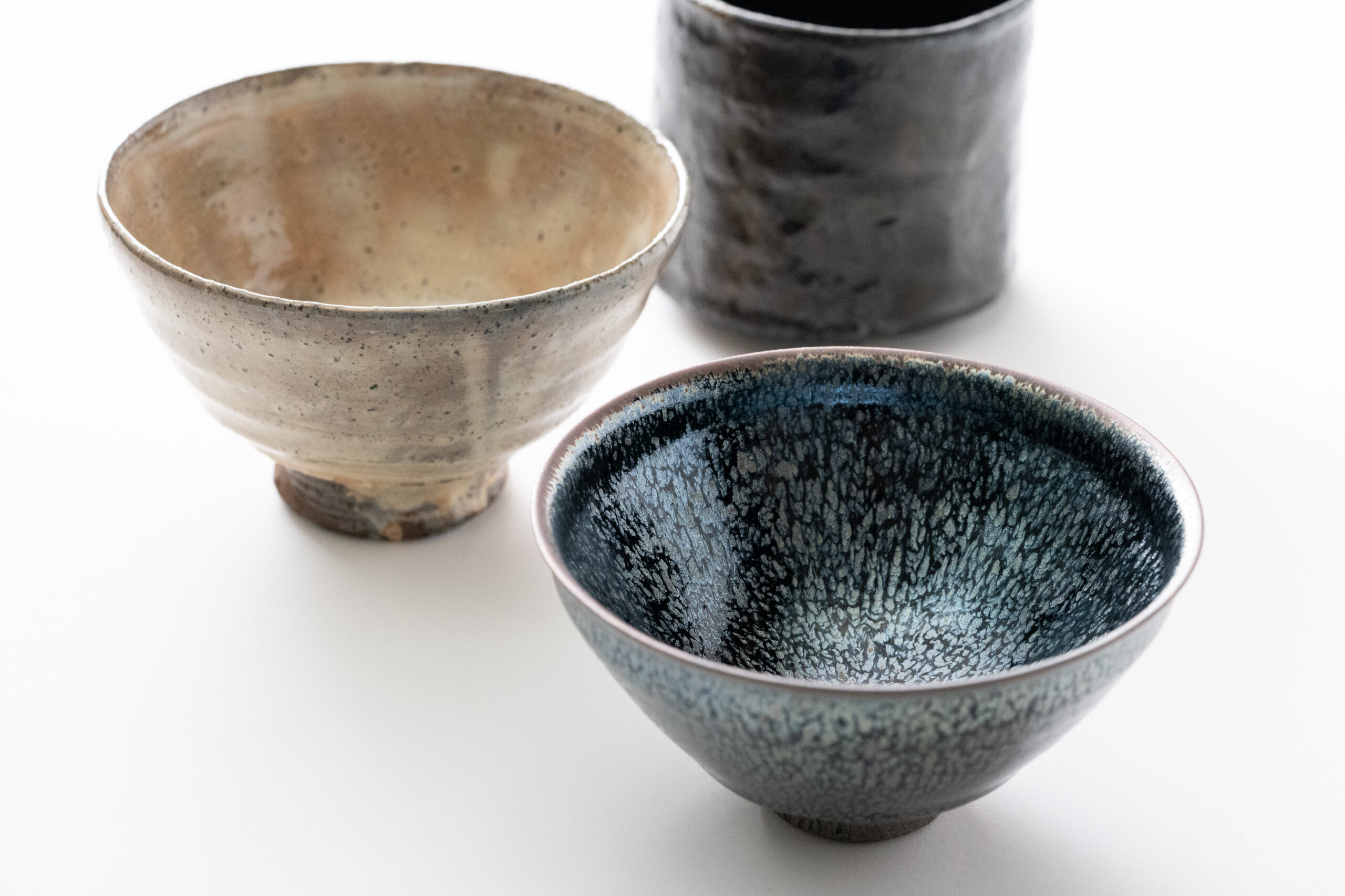
VOL.1-3
Update

VOL.1
Update
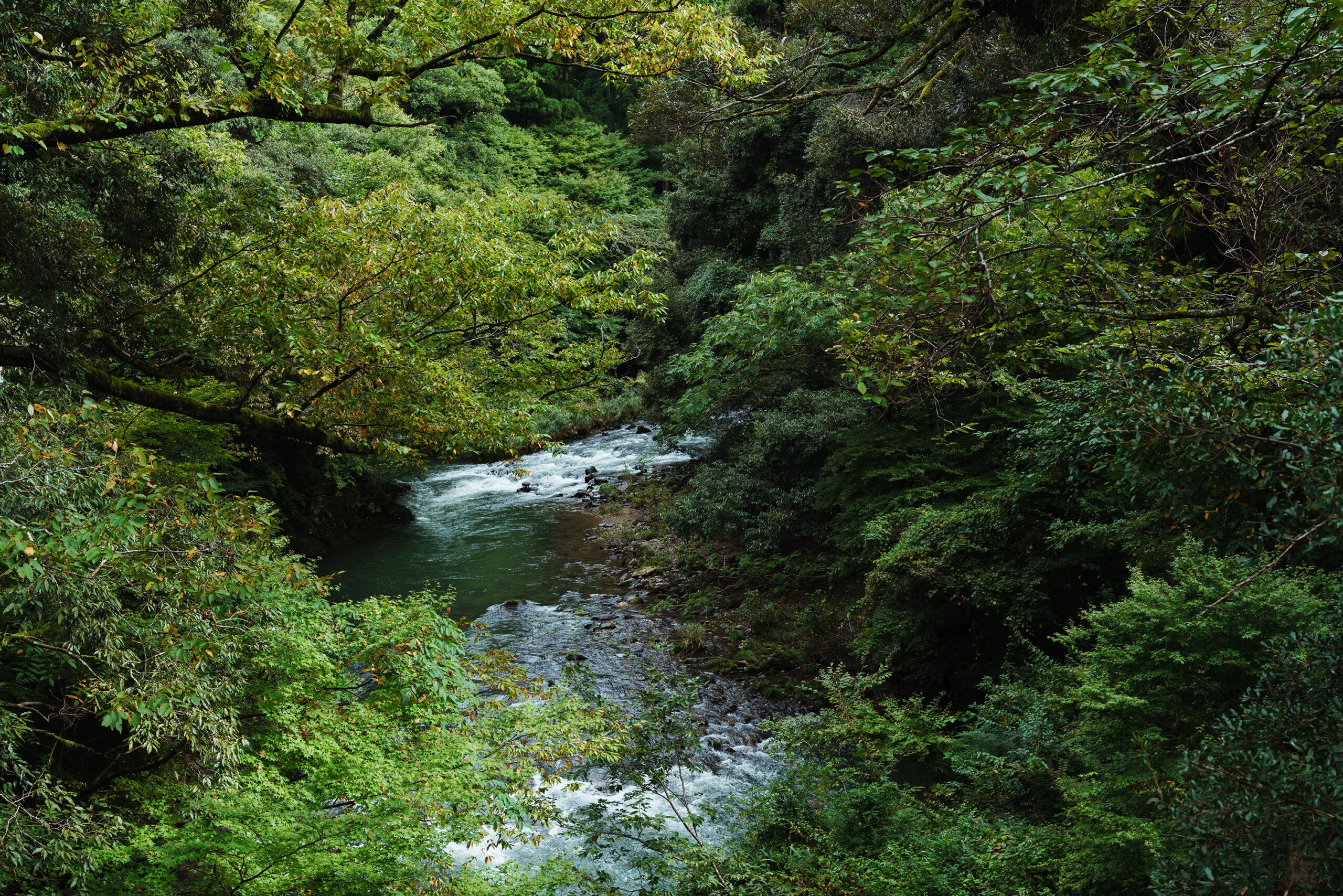
VOL.1-7
Update
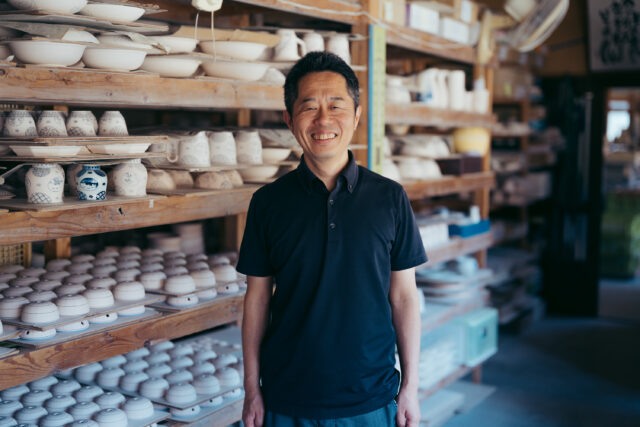
VOL.1-32
Update
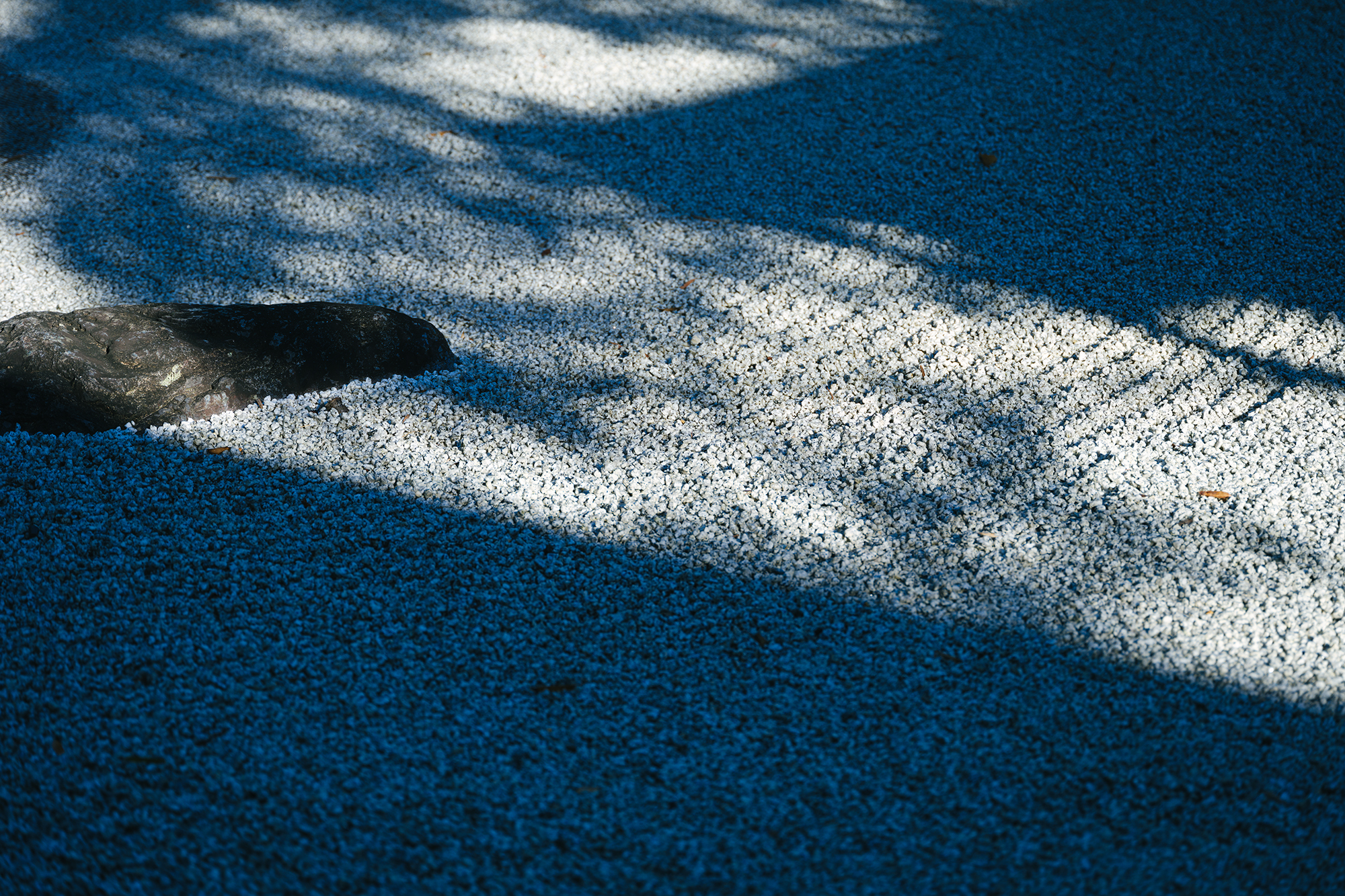
VOL.1-12
Update
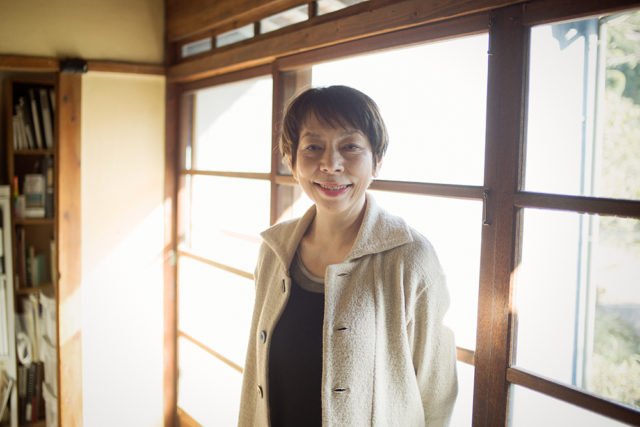
VOL.1
Update
We share a variety of information and perspectives on Japanese crafts, including exhibition information and interviews.
New Products VOL.19
Exhibition • Event Report VOL.27 AD
New Products VOL.18
Editor's Column "Craft Production Regions" VOL.4 AD
Jun 29 – Sep 7, 2025
Midorigaoka Art Museum Annex
Jul 12 – Aug 24, 2025
MIHO MUSEUM
Jul 12 – Sep 28, 2025
Bizen City Museum of Art
Ishikawa
Jul 12 – Oct 19, 2025
Notojima Glass Art Museum

Wajima Kirimoto began as a small lacquerware store. While working as a nushi, a specialized craftsman in applying lacquer for Wajima lacquerware in the late Edo period (1603-1868), the then-head of Kirimoto served as the representative of the local craftsmen’s association, contributing to the development of the town of Wajima. This history is documented in A History of Wajima City: Reference Information Volume 6, Wajima Lacquerware. During the early Showa period (1926-1989), Kyuko Kirimoto, the fifth generation head of the company, shifted its business to that of a hokiji-ya or woodworking shop, and established Kirimoto Mokkosho (Kirimoto Wooden Craft Workshop), specializing in carving wooden laquerware cores. The Noto Peninsula, where Wajima is located, is rich in Noto Hiba (Asunaro cypress) and other woods, and wood has traditionally been used as building material for houses and lacquerware, making it a familiar part of the region. Kirimoto Mokkosho excelled in crafting intricate carved and engraved designs using these wooden materials, gradually expanding to the production of various furniture. The company is currently led by the seventh generation head, Taiichi Kirimoto. While the foundation of Kirimoto’s business is in woodworking, since the 1990s he has also been involved in the production of lacquerware, which has enabled integrated craftsmanship from wooden bases to lacquer coating. This became a significant strength of Kirimoto Mokkosho, leading the company to change its trade name to “Wajima Kirimoto” to reflect its commitment to the development of a new Wajima.
Taiichi Kirimoto studied industrial design at university, and he continues to approach his work guided by the teaching of his mentor from that time: “Don’t start with ‘How,’ start with ‘What’.” He explains, “Don’t start with the means, so to speak. Design is about thinking, ‘What’ should be done to realize a more pleasant, comforting, and convenient life. I learned this in my university days and have been thinking about ‘What’ ever since.” This way of thinking has become the wellspring of various initiatives at Wajima Kirimoto. One example is the development of lacquer painting techniques such as “maki-ji,” which applies “jinoko” powder to resist scratching, and “sen-suji” (literally, “thousands of lines”), which has a beautiful stripe pattern. In recent years, he has undertaken numerous architectural interior projects, making use of both wood processing techniques and a rich variety of lacquer applications. The workshop’s showroom, “Urushi Studio,” is equipped with state-of-the-art digital tools, allowing for online meetings that effectively convey the texture of lacquer.
Wajima Kirimoto’s near-term goals are to strongly promote its custom lacquer furniture manufacturing and architectural interior business and to strengthen its business foundation. The company also hopes to make people aware of the breadth of the Wajima region’s production capabilities, using natural wood and lacquer to make everything from small vessels to large pieces of furniture. An essential element is gaining the support of the artisans who align with Wajima Kirimoto’s goals. Taiichi emphasizes, “Working together with artisans is the most crucial aspect. I believe that it will undoubtedly contribute to the revitalization of the workshop and the growth of Wajima town.” His words reflect gratitude to the artisans and an enthusiasm for fostering the next generation. Actively engaging in activities such as holding study sessions for exchanging ideas with young artisans and successor generations of lacquerware shops, as well as inviting key figures in traditional crafts and craftsmanship to give lectures, demonstrates their energetic commitment. It’s exciting to see how the traditional town of Wajima will continue to evolve.
* This article was written in December 2023. We would like to express our heartfelt sympathies to those who were affected by the Noto Peninsula Earthquake in January 2024.
